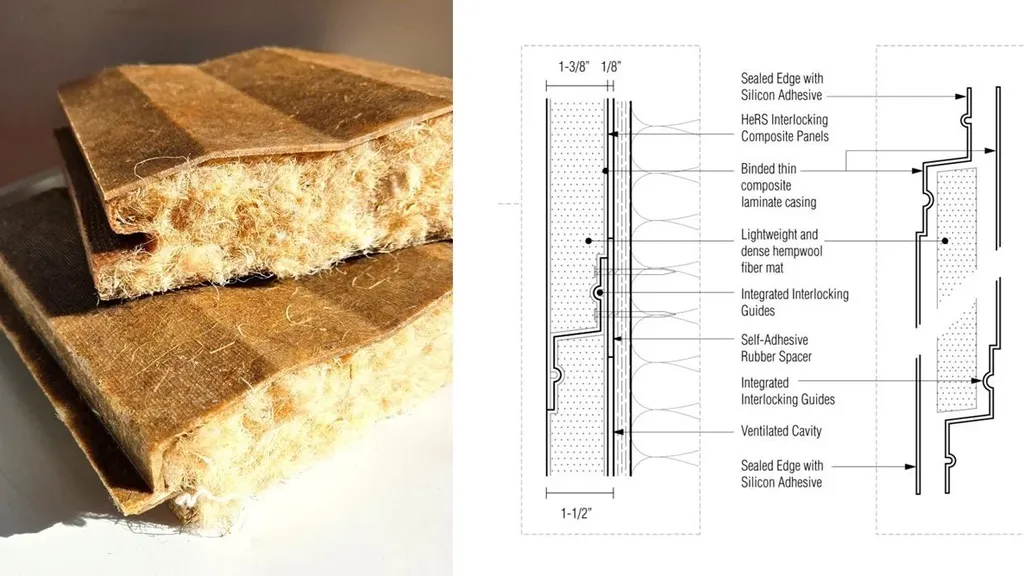In the quest to reduce plastic waste and develop sustainable building materials, a groundbreaking study led by Tamam Mahdi Salih, published in the journal *Polímeros* (which translates to *Polymers* in English), is making waves in the construction industry. The research explores the potential of recycled polyethylene terephthalate (r-PET) as a viable building material, particularly when reinforced with natural and synthetic fibers.
The accumulation of plastic waste, especially PET, has become a global environmental concern. Salih’s study focuses on transforming this waste into a valuable resource for the construction sector. By reinforcing r-PET with fibers, the research aims to enhance the mechanical and physical properties of the material, making it a suitable complement or partial replacement for conventional concrete.
The study investigated the effect of adding hemp fibers to r-PET composites. Samples were cured for 7, 14, and 28 days, and the results were promising. “Reinforcing r-PET with fibers significantly increased compressive strength, flexural strength, and density,” Salih explained. This enhancement makes the material a viable option for use in semi-structural concrete, promoting sustainable construction techniques.
The use of hemp fibers, a renewable and biodegradable resource, adds an extra layer of sustainability to the resulting materials. “This not only contributes to the production of high-performance, environmentally friendly building materials but also reduces plastic waste and supports the economy,” Salih added.
The implications of this research are far-reaching. By developing sustainable building materials that perform well, the construction industry can significantly reduce its environmental footprint. This innovation could lead to a shift in how building materials are sourced and used, particularly in the energy sector, where sustainable practices are increasingly prioritized.
As the world continues to grapple with the challenges of plastic waste and environmental sustainability, research like Salih’s offers a glimmer of hope. It demonstrates that with creativity and scientific rigor, waste can be transformed into valuable resources, paving the way for a more sustainable future.
The study, published in *Polímeros*, highlights the potential of r-PET reinforced with hemp fibers as a building material. This research could shape future developments in the field, encouraging further exploration of sustainable and innovative construction materials. As the industry moves towards greener practices, such advancements are not just beneficial but essential.

